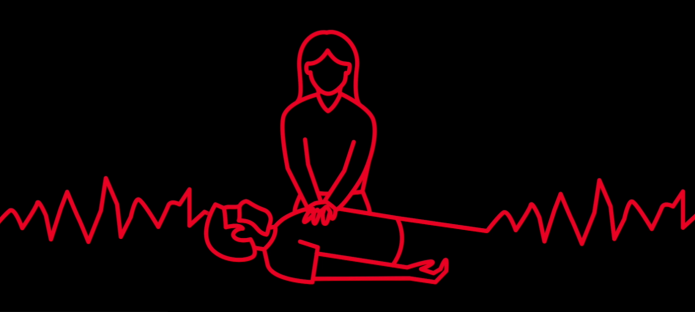When Peter did CPR training in 2015, he didn’t know when he’d use it – or if he’d use it at all.
But the knowledge and confidence he developed from learning how to perform CPR gave him the skills he needed to save a life four years later.
Peter’s CPR experience happened in June 2019 at a conference at the University of Strathclyde. When Marc, a conference delegate visiting from Holland, became unconscious, Peter remembered what he had learned, and sprung into action.
“Me and another chap started resuscitation,” he explained. “Then I remembered the Automated External Defibrillator (AED) that was at reception. I got the other man to take over CPR and ran and got the AED. I listened to the instructions from the machine, which were very clear and concise, pushed the button, and after one hit, his eyes opened.”
Everyone involved breathed a sigh of relief when Marc regained consciousness – especially Peter.
“I was speaking to him, getting him to take deep, slow breaths, just reassuring him that help was on its way. Seconds later, first aiders and paramedics were there, and I handed over to them.
“By then the gentleman was quite alert. By the time he was on his way to the ambulance he was already on the phone to his wife. In between that, we managed to talk about family and football!”
Without Peter’s immediate action, Marc would not have survived. “The paramedics explained that by the time they got there it would’ve been too late,” said Peter.
Marc went on to have a quadruple bypass, making a strong recovery. Peter also spent some time reflecting on what he’d done and processing the events of the day.
“After it happened, a colleague sat down with me and we had a cup of tea. I finished up, went home and de-stressed.
“I felt proud of myself. It was a triumph for everyone involved.
